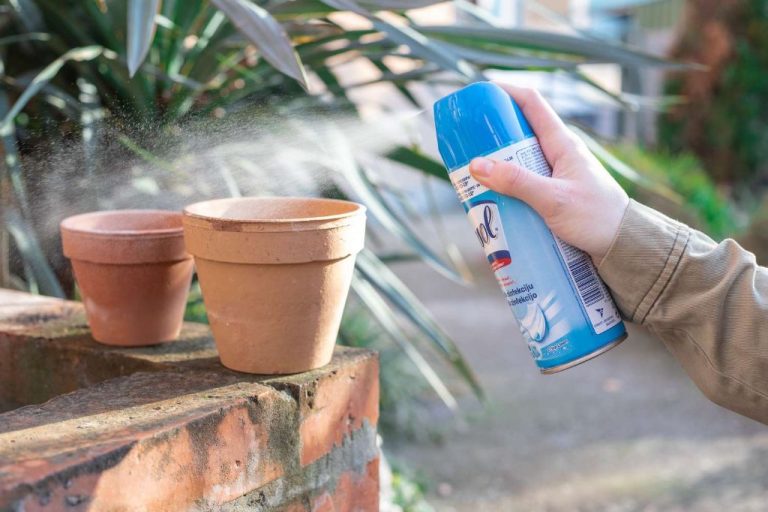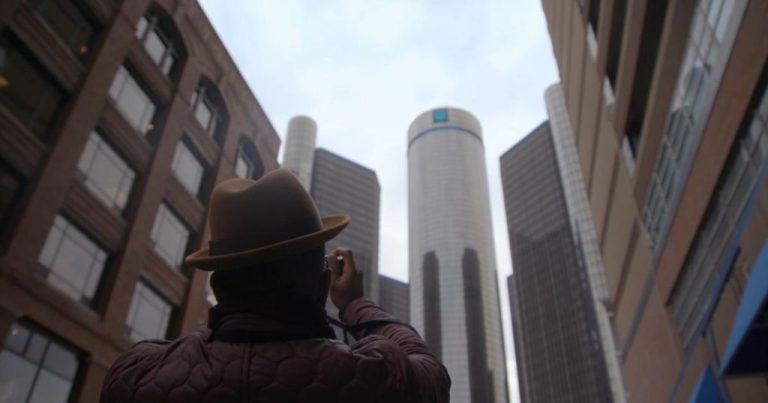Is Ceramic Tint Darker Than Normal Tint?
What is Ceramic Window Tint?
Ceramic window tint is a type of window film made up of ceramic nanoparticles bonded to a polyester layer. Unlike traditional dyed window films that use metal particles to block heat, ceramic tint utilizes non-conductive ceramic particles that more effectively block infrared light waves. This makes ceramic tint significantly better at reducing heat and glare from entering vehicles or buildings (https://www.vive-houston.com/blog/houston-texas-ceramic-window-tint-versus-regular-window-tint).
The ceramic nanoparticles in ceramic tint do not contain any metal or carbon. They are designed to be non-conductive and nonmetallic, while having strong infrared heat rejection properties. This gives ceramic tint films better performance in heat and glare reduction compared to traditional dyed films that use metal particles (https://www.texastintmasters.com/blogs/ceramic-window-tint-blog/cheap-tint-or-ceramic-tint).
What is Traditional Dyed Window Tint?
Traditional dyed window tint is made from polyester films that are dyed and cut to size for application on windows. The films are soaked in a dye solution to give them their color and then an adhesive backing is added so they can adhere to glass surfaces (Chicago Auto Pros).
The key aspects of traditional dyed window tint are:
- Definition – Dyed polyester films cut to size for application on windows
- Made from – Polyester films soaked in a dye solution and given an adhesive backing
- Less expensive – More affordable compared to ceramic window tints
Traditional tints block less heat and UV rays compared to ceramic films. But they offer a basic level of solar protection at a lower cost, making them a popular choice for many drivers and homeowners (615 Pro Tint).
Appearance Difference
Ceramic tint typically appears darker than traditional dyed film when applied to windows. The nano-ceramic particles in ceramic tint are more effective at blocking visible light waves, so the tint looks darker and more opaque, even at the same VLT percentage as dyed film (source: https://thetintguy.com/ceramic-tint-vs-regular-tint/).
The carbon nano-particles in ceramic tint outperform traditional metal-oxide particles in blocking both UV and visible light transmission. This gives ceramic tint superior light blocking abilities compared to standard tint, allowing less visible light, glare, and heat to pass through the windows (source: https://ceramicpro.com/the-truth-about-ceramic-tint-vs-regular-window-tint/).
Heat Reduction
Ceramic tint is significantly better at reducing heat than traditional dyed film. According to The Tint Guy, ceramic tints reject up to 60% of infrared light while dyed films only reject up to 40%. This allows ceramic tints to keep the interior of a vehicle much cooler than regular tint.
The ceramic particles in ceramic tint work to block more of the infrared light that causes heat buildup. Traditional dyed window films contain no ceramic particles, so they allow more infrared light to pass through. Tests show that ceramic tints can reduce heat by 50-60% whereas dyed films only reduce heat by 20-40%.
For those living in hot climates or wanting maximum heat reduction, ceramic tint is the clear winner over traditional dyed films. The increased infrared blocking abilities allow ceramic tints to keep car interiors significantly cooler. As Chicago Auto Pros states, ceramic tints can reduce heat by up to 85% while regular tint only reduces heat by 30% at most.
Lifespan
Ceramic tint lasts significantly longer than traditional dyed tint. Ceramic tints have a lifespan of up to 15 years, while traditional tints typically last 5-7 years before needing to be replaced (https://thetintguy.com/ceramic-tint-vs-regular-tint/). The ceramic particles in ceramic tint make it much more durable and resistant to degradation from UV exposure over time. This increased lifespan makes the higher initial cost of ceramic tint worth it in the long run, since you won’t need to replace it as often.
One key factor in the longer lifespan of ceramic tint is that the ceramic particles block more infrared light that causes tint to fade. Traditional tints use dyes which break down faster when exposed to heat and UV rays. The inert ceramic material is much more stable and less prone to fading or bubbling over time (https://ceramicpro.com/the-truth-about-ceramic-tint-vs-regular-window-tint/). If you want a tint that will maintain its looks and performance for over a decade, ceramic tint is the way to go.
Cost
Ceramic tint is significantly more expensive than traditional dyed film. On average, ceramic tint costs 2-3 times as much as traditional tint. According to Consumer Reports, ceramic tinting usually costs several hundred dollars more than non-ceramic options for the same vehicle [1]. For example, for a standard sedan, traditional dyed tint may cost around $150, while ceramic tint will run $400-$500.
However, the increased upfront cost of ceramic tint can be worth it in the long run. While traditional tint may need replacing every 2-5 years, high quality ceramic tint can last 7-10 years or more before needing replacement [1]. So over the lifetime of a vehicle, ceramic tint can actually end up costing less overall.
Ease of Application
When it comes to installation, ceramic tint is more difficult to apply compared to traditional dyed films. Ceramic films are thicker, stiffer, and more rigid, making them challenging for amateur installers to work with. The increased thickness also means special tools and techniques are required. According to CeramicPro, professional installation is highly recommended for ceramic tints. The rigid nature of the film means improper installation is prone to bubbling, distortion, and an uneven appearance.
In contrast, traditional dyed films are thinner, more flexible, and easier for amateur DIY installers to apply. The pliable nature of dyed films allows them to stretch and adapt during installation without bubbling or creasing. While professional installation is still recommended, dyed films can be installed by amateurs with some level of success. However, improperly installed dyed films may still bubble or distort over time. Overall, the thickness and rigidity of ceramic tint makes professional installation a necessity, unlike more forgiving dyed films.
Legality
Regulations on tint darkness vary by state, so the legality of ceramic tint depends on where you live. Ceramic tint can often be darker than what is allowed by law in some states.
For example, according to Green Film USA, Arkansas only allows tint darkness of 25% on front side windows and 10% on the windshield, while California has no restrictions on side windows and allows 70% on the windshield. Ceramic tint can sometimes exceed 25% or 10% darkness.
Additionally, some states like Maine allow tint of any darkness on rear and back side windows, while limiting front side windows to 35% tint. So ceramic would be legal on the rear in Maine, but may surpass 35% darkness on the fronts (Tintwiz).
It’s important to check your state laws before getting ceramic tint to ensure you stay within legal limits. The extra darkness of ceramic could mean exceeding regulations in certain areas.
UV Protection
Both ceramic and traditional dyed window tints offer UV protection to shield the interior of your vehicle from ultraviolet rays. However, ceramic tints provide more effective UV protection compared to standard dyed films.
Ceramic tints can block up to 99% of UV rays thanks to the nano-ceramic particles integrated into the film (Source). The ceramic particles help reflect and absorb more of the sun’s damaging UV radiation. Standard dyed films typically block around 50-70% of UV rays entering the car.
By preventing more UV light from penetrating the windows, ceramic tints offer superior protection for your vehicle’s interior and passengers. Reducing UV exposure helps prevent sun damage to surfaces and decreases the risks of skin cancer and other health conditions for occupants.
Which is Better?
Overall, both ceramic and traditional dyed tints have their own pros and cons. Some key considerations for choosing between them include:
Ceramic tint tends to be better for those wanting maximum heat rejection, clarity, and durability. The nano-ceramic technology blocks more infrared rays, resulting in cooler vehicle interiors. Ceramic films also have non-metalic dyes that maintain better optical clarity and light transmittance. They are more scratch resistant as well. However, ceramic tint is more expensive upfront.
Traditional dyed tint can still provide decent heat and UV protection at a lower price point. It works well for those prioritizing cost savings over maximum performance. The metallic dyes used can sometimes impact optical clarity to a small degree. Traditional tints are also not as long lasting compared to ceramic. However, installers are often more familiar with traditional tints.
For many, paying extra for ceramic tint is worth it to get the highest heat rejection, clarity, and durability. This is especially true for those in hot climates or wanting a long term tint solution. However, traditional tint remains a good option for simpler jobs or budgets.



